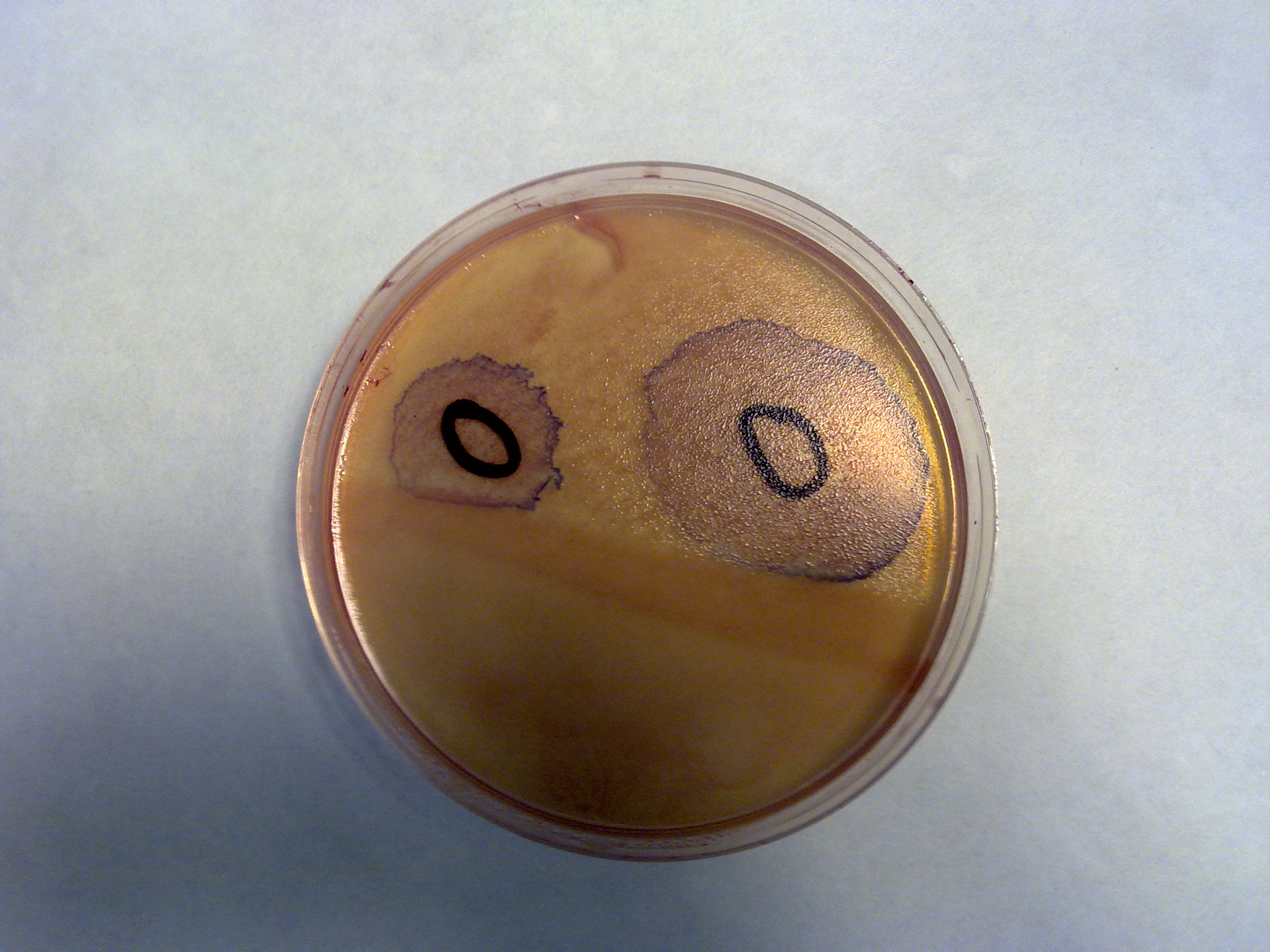Team:Valencia/Project
From 2011.igem.org
| Line 20: | Line 20: | ||
| - | + | Project / Experiment description | |
| - | + | As Fig. shows , the prototype is split into two different functional parts, each one with a different culture inside a flask and the final part, a vessel that contains the water to purify: | |
| - | + | [Poner numerous a cada element en dibujo] | |
| + | 1. Bacteriocin production system | ||
| + | In this compartment, genetically modified E. Coli produce a specific bacteriocin. After some time of peptide synthesis, the entire culture medium, including the bacterias, is driven by a peristaltic pump into the Module of Bacteriocin Separation (MoBS). Once there, the flow is separated into two; most of it returns back to the original flask and a small amount of water passes the ultrafiltration membrane. This permeate is rich in bacteriocins and other small molecules that have gone through the membrane, where bacterias and other big molecules are not able to pass through the pores. After the membrane, the filtrated stream falls down through a small plastic funnel into the container that is full of contaminated water and needs to be disinfected. | ||
| - | + | 2. pH stat | |
| - | + | The aim of this part, the controller of pH (CopH), is to regulate the pH during the disinfection process to ensure that peptides just work at the desired moment. For this, we use cyanobacteria that are able to raise the pH when they are illuminated. pH can reach high values (around 9) which inhibit the peptides activity. After some time under absence of light these cells can modify pH values to gain previous ones. In other words, once there are enough peptides in the final container to wipe out the target pathogen culture we can modify pH to active the peptides and start disinfection. The transient of protons to the final vessel is carried out by a dialysis membrane which keeps the cyanobacteria separated from the rest of the set-up. | |
| - | + | ||
| - | + | ||
| - | + | ||
| - | The | + | |
| - | + | ||
| - | + | ||
| - | + | ||
| - | + | ||
| - | + | 3. Drink vessel | |
| - | + | It is the vessel containing the water with pathogens, where bacteriocins end up. Wait some time and | |
| + | |||
| + | We encourage you to know more about how this prototype has been built picking up the different parts. | ||
Revision as of 12:05, 21 September 2011
Objectiu
The aim of our project is to create a biological alternative for the disinfection of contaminated water.
we intend to demonstrate the antimicrobial effectiveness of colicin G, colicin H and microcin C51. These proteins are produced and used naturally by the bacteria to compete with related bacteria killing them in a specific way.
The polypeptides activity is dependent on three-dimensional structure, based on it, we want to control their activity by changing the pH of the water, for this reason, we have been developing a cynechocystis study, which is capable of altering the pH as a result of its growth and proliferation.
to eliminate pathogenic bacteria from contaminated water, using our engineering knowledge, we have designed a system of pipes, membranes and pumps, allowing effectively and safely contaminated water disinfection.
Resultats
Links a les diferents parts
Project / Experiment description
As Fig. shows , the prototype is split into two different functional parts, each one with a different culture inside a flask and the final part, a vessel that contains the water to purify:
[Poner numerous a cada element en dibujo] 1. Bacteriocin production system In this compartment, genetically modified E. Coli produce a specific bacteriocin. After some time of peptide synthesis, the entire culture medium, including the bacterias, is driven by a peristaltic pump into the Module of Bacteriocin Separation (MoBS). Once there, the flow is separated into two; most of it returns back to the original flask and a small amount of water passes the ultrafiltration membrane. This permeate is rich in bacteriocins and other small molecules that have gone through the membrane, where bacterias and other big molecules are not able to pass through the pores. After the membrane, the filtrated stream falls down through a small plastic funnel into the container that is full of contaminated water and needs to be disinfected.
2. pH stat The aim of this part, the controller of pH (CopH), is to regulate the pH during the disinfection process to ensure that peptides just work at the desired moment. For this, we use cyanobacteria that are able to raise the pH when they are illuminated. pH can reach high values (around 9) which inhibit the peptides activity. After some time under absence of light these cells can modify pH values to gain previous ones. In other words, once there are enough peptides in the final container to wipe out the target pathogen culture we can modify pH to active the peptides and start disinfection. The transient of protons to the final vessel is carried out by a dialysis membrane which keeps the cyanobacteria separated from the rest of the set-up.
3. Drink vessel It is the vessel containing the water with pathogens, where bacteriocins end up. Wait some time and
We encourage you to know more about how this prototype has been built picking up the different parts.
 "
"
